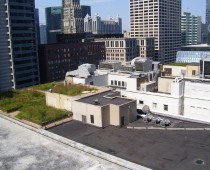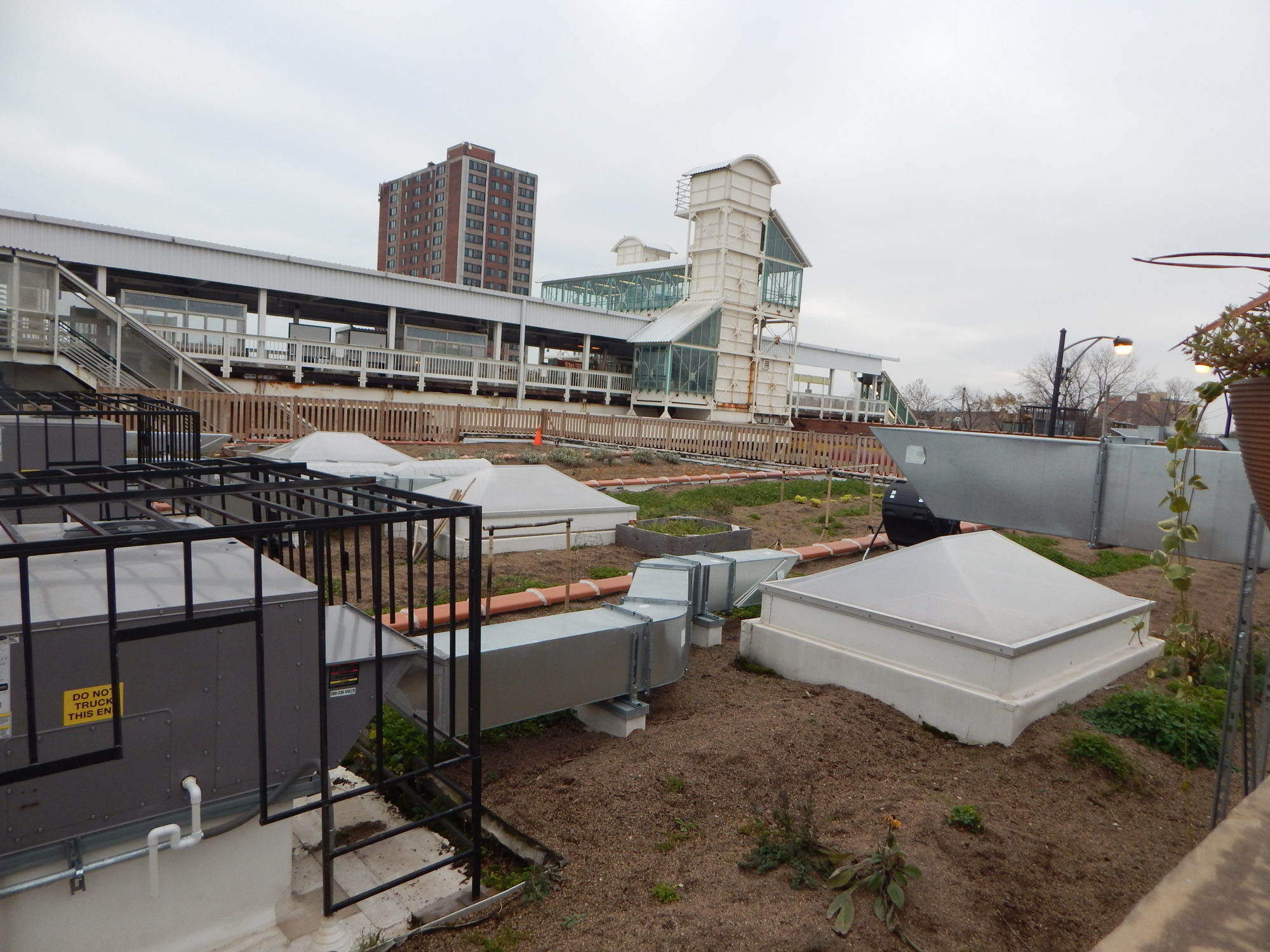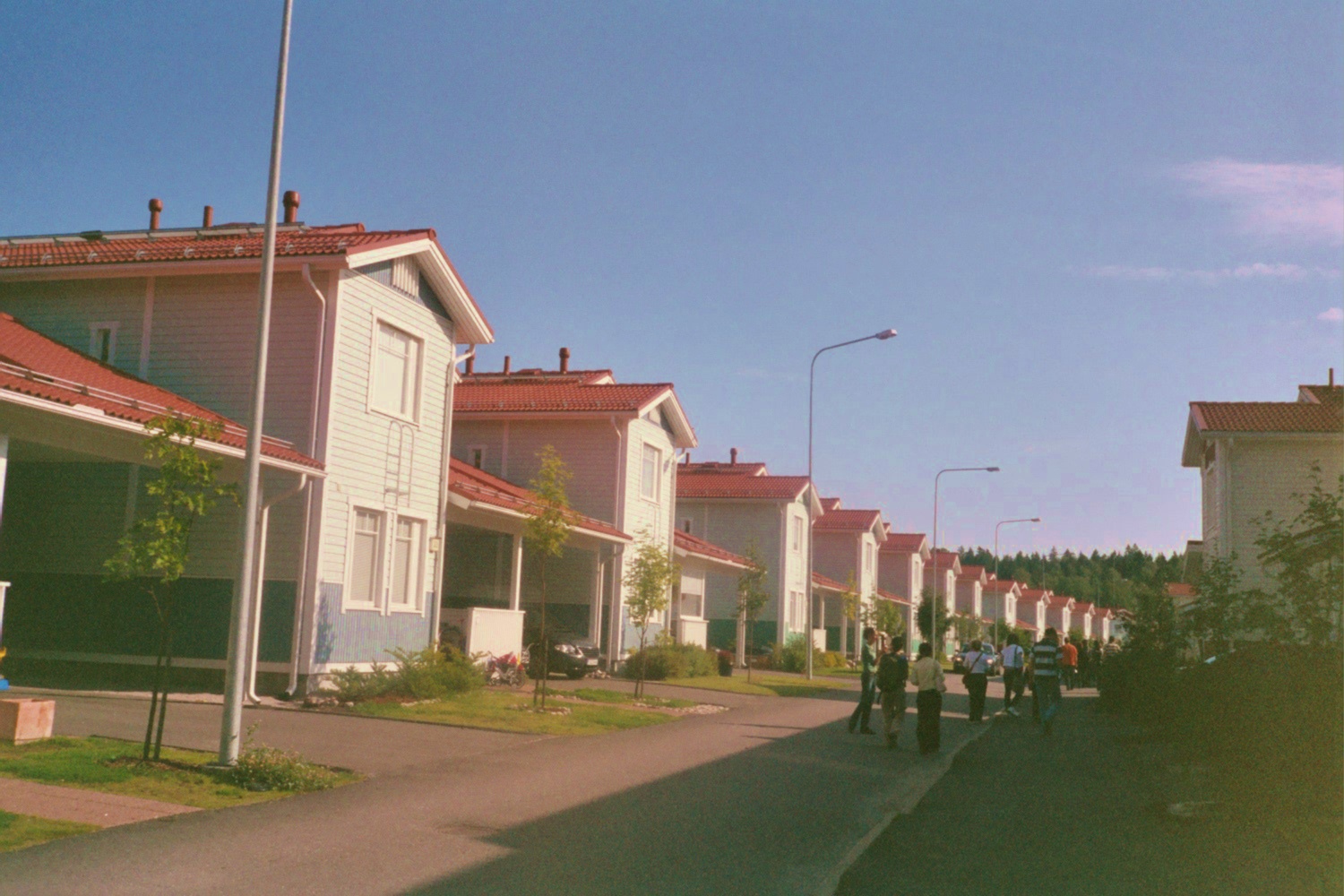Many companies have adopted the idea of “going green” in conducting their internal affairs or as an overall focus for doing business. As a result, these companies often significantly minimize their environmental impact. In addition, companies that employ green building and maintenance practices enjoy a number of advantages, ranging from an enhanced public image to improved employee working conditions and a more robust bottom line.
Improved customer image
Customers are influenced in their purchasing decisions by whether a business shows environmental consciousness. For instance, Environmental Leader reported in 2007 that 72 percent of rental customers wanted hybrid vehicles included among rental car options. Nearly half of all cell phone customers consider a mobile carrier provider’s “green” credentials. In a tough housing market, 70 percent of potential home buyers were more inclined to purchase homes with “green” features, according a 2008 Green SmartMarket Report. Customers also tend to remain loyal to “green” companies during economic downturns.
Enhanced worker productivity
The U.S. Environmental Protection Agency (EPA) defines “sick building syndrome” to refer to health-related complaints by workers that cannot be attributed to a particular cause but which are present in an indoor environment. A similar condition, “building related illness,” applies to health-related complaints directly related to airborne contaminants. Symptoms of “sick building syndrome” and “building related illness” include respiratory distress, headache, fatigue and dizziness, according to the EPA. A survey of 100 office workers conducted by the American Society of Heating, Refrigerating, and Air-Conditioning Engineers (ASHRAE) revealed that 23 percent suffered symptoms related to “sick building syndrome.”

Photo Credit: Audrey F. Henderson — all rights reserved
The nationwide cost in lost productivity related to “sick building syndrome” amounts to 2 percent annually, according to New York Real Estate Journal. Increasing indoor ventilation and reducing the indoor concentration of carbon dioxide to meet the standards established by LEED V3 diminishes complaints related to “sick building syndrome,” according to research conducted by Lawrence Berkeley National Laboratory in California. LEED V3 standards for indoor ventilation call for a 30 percent increase above the 2007 ASHRAE 62.1 ventilation standard of 20 cubic feet per minute (CFM) per person. Substituting nontoxic building materials, cleaning supplies and office equipment that do not emit volatile organic compounds (VOCs) greatly reduces airborne contaminants related to “building related illness.” Continue reading ““Going Green” With Building and Maintenance Can Put Your Company in the Black”

